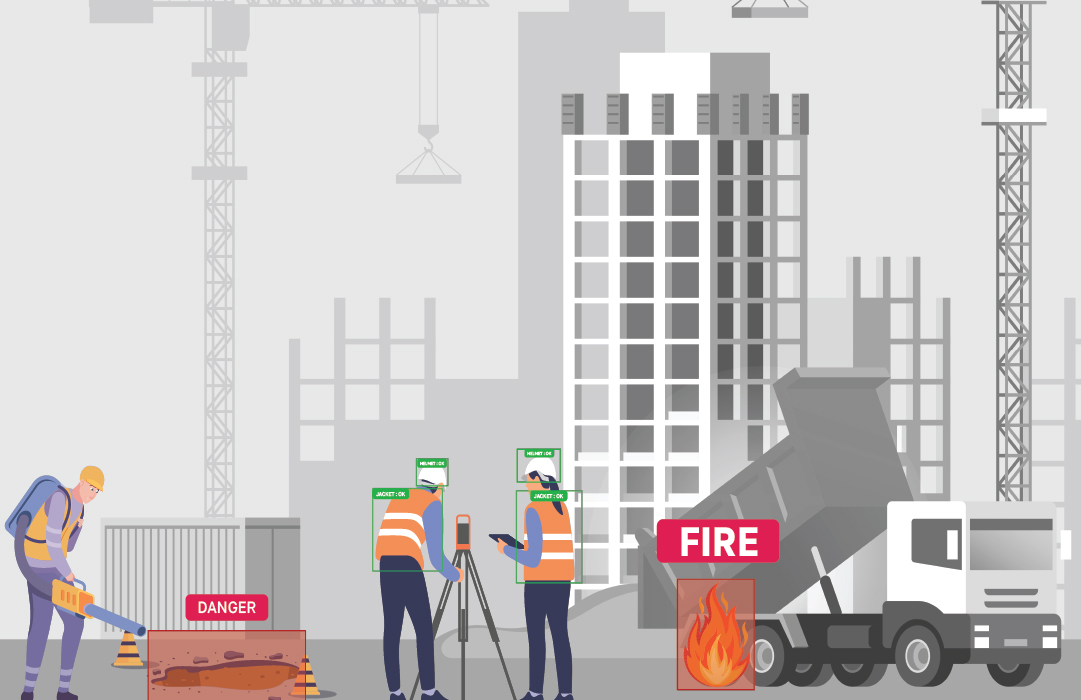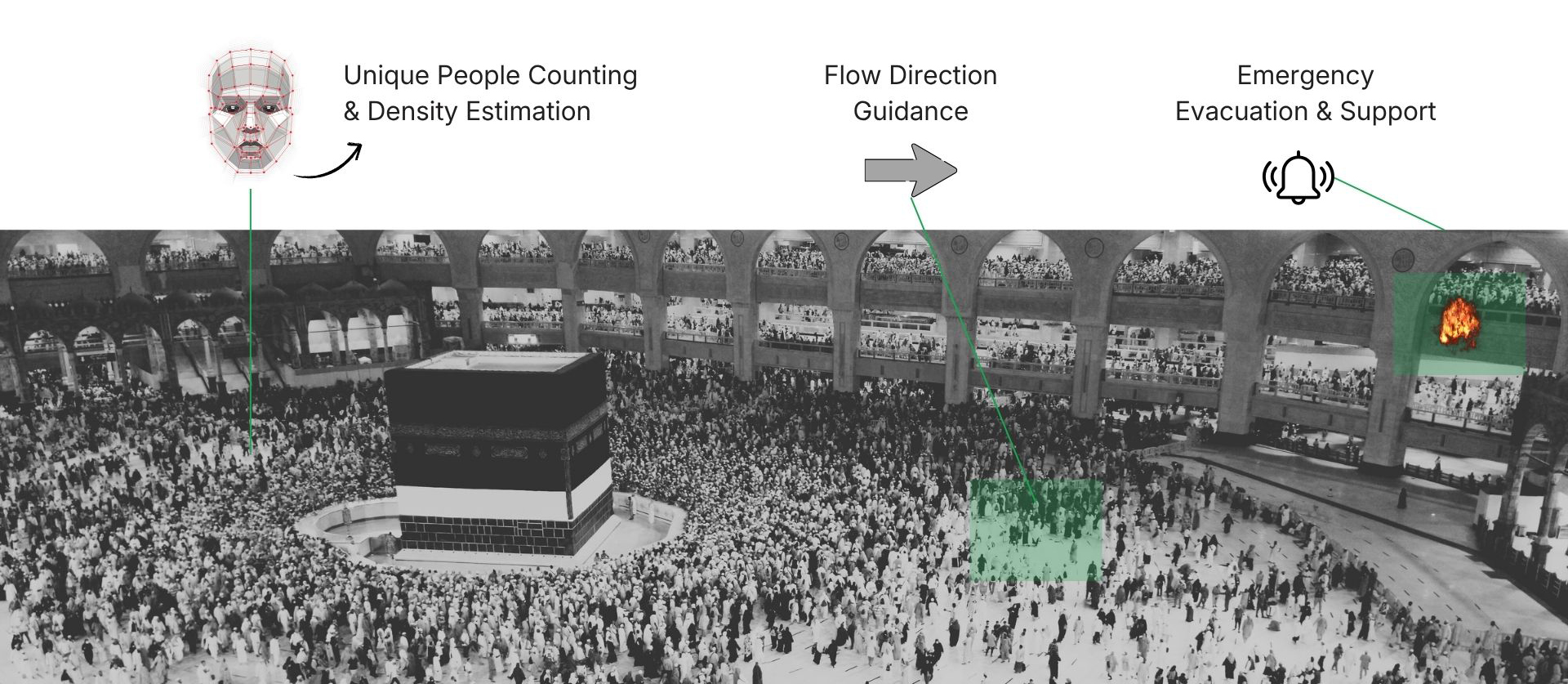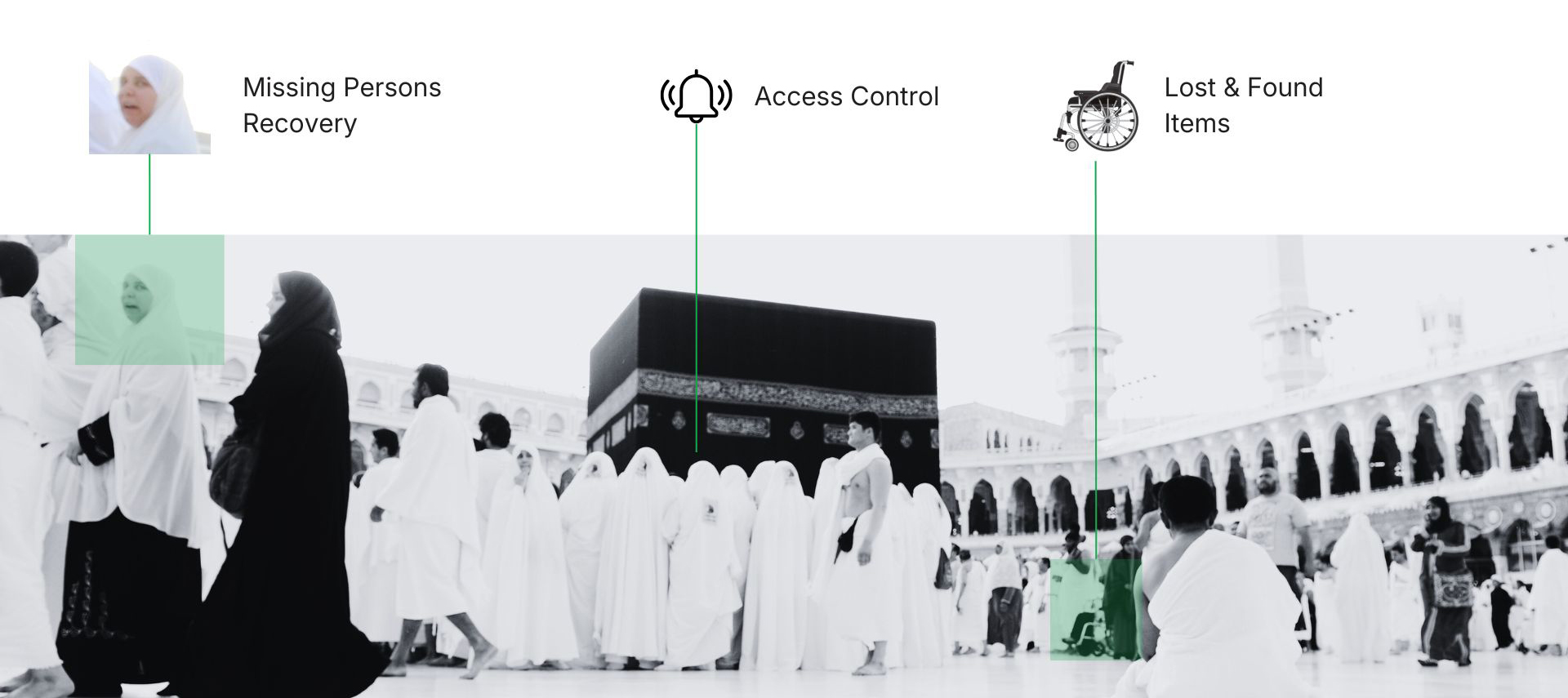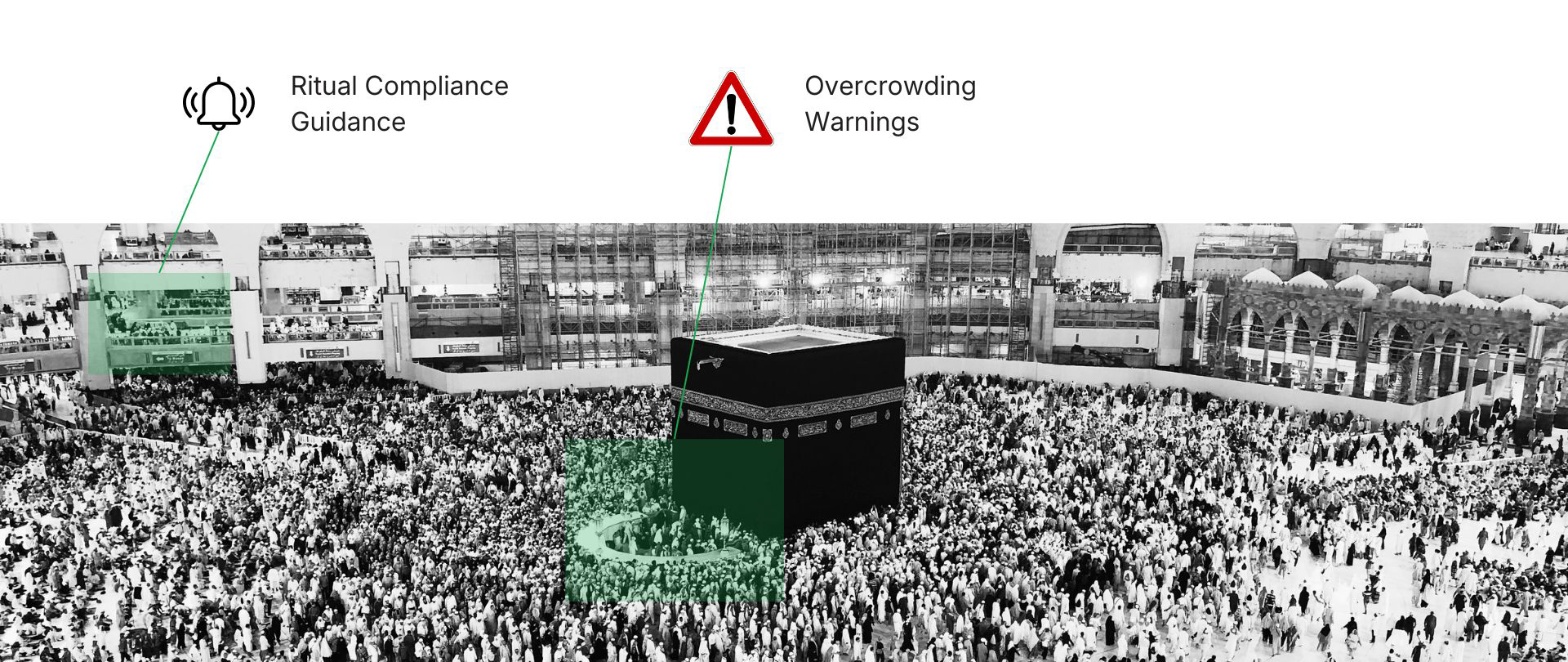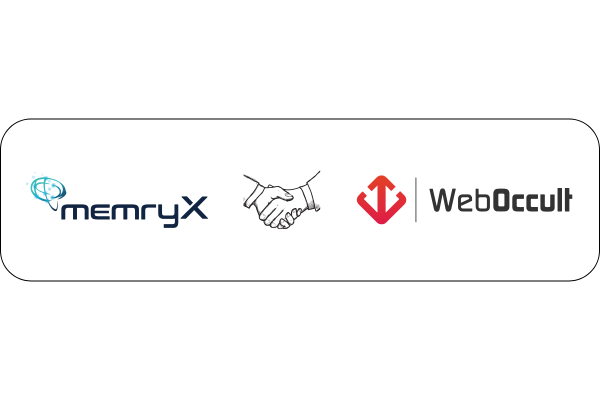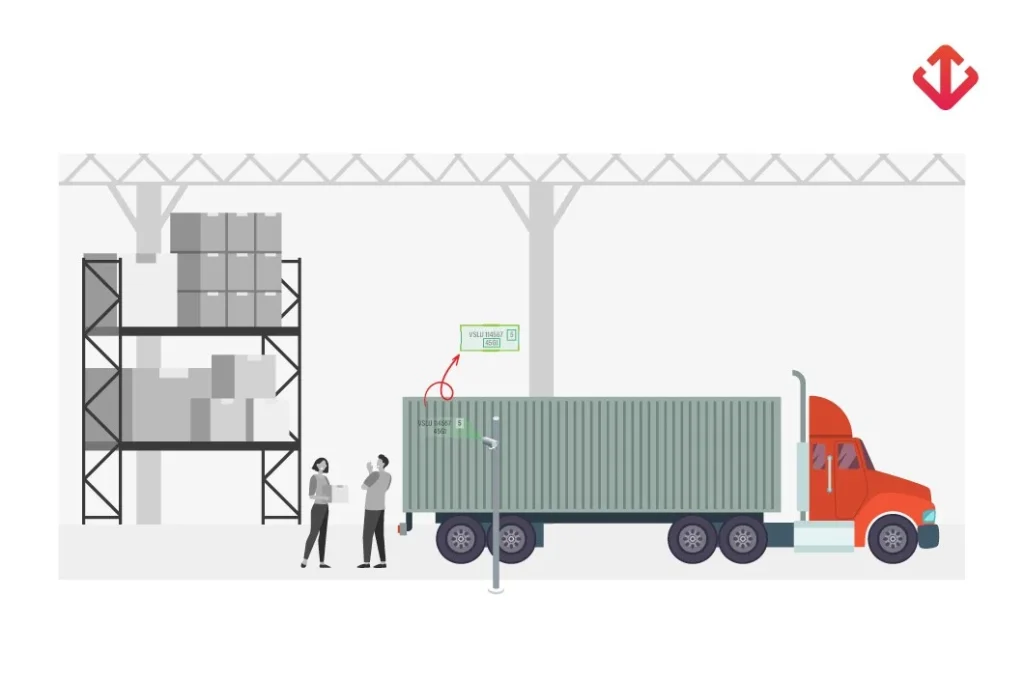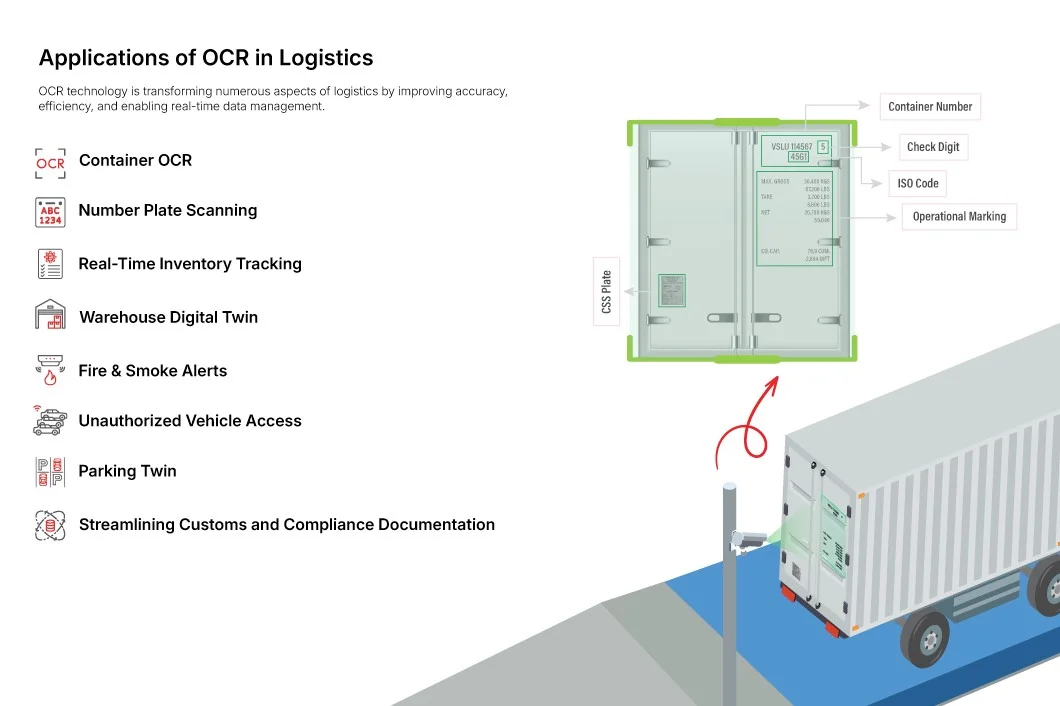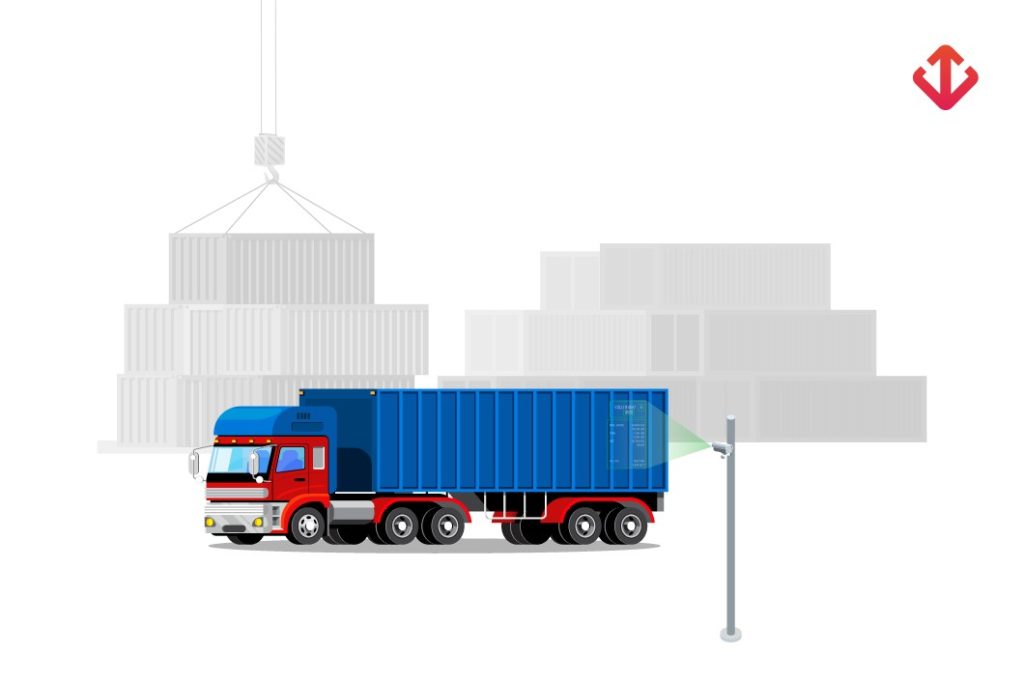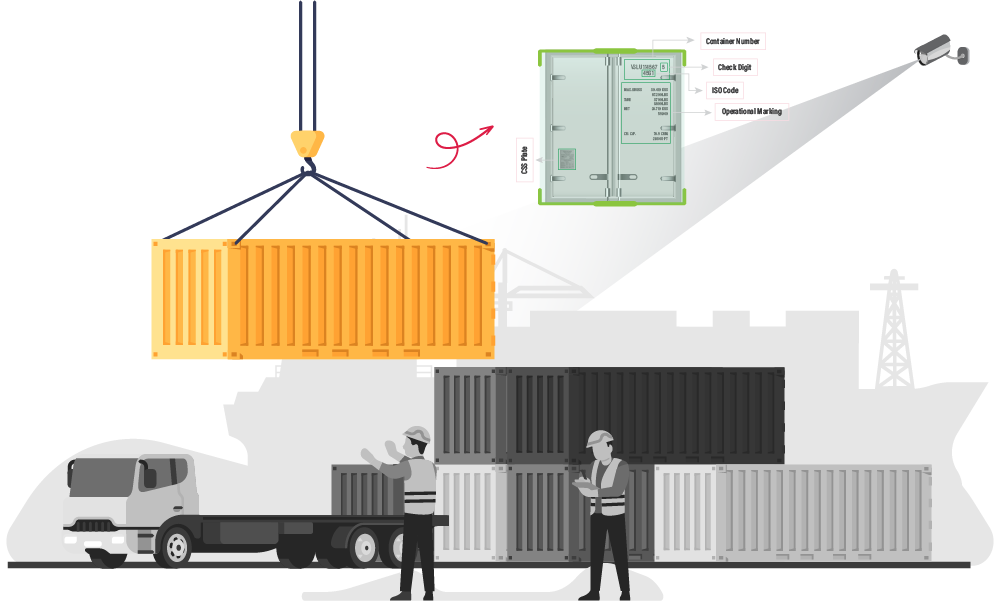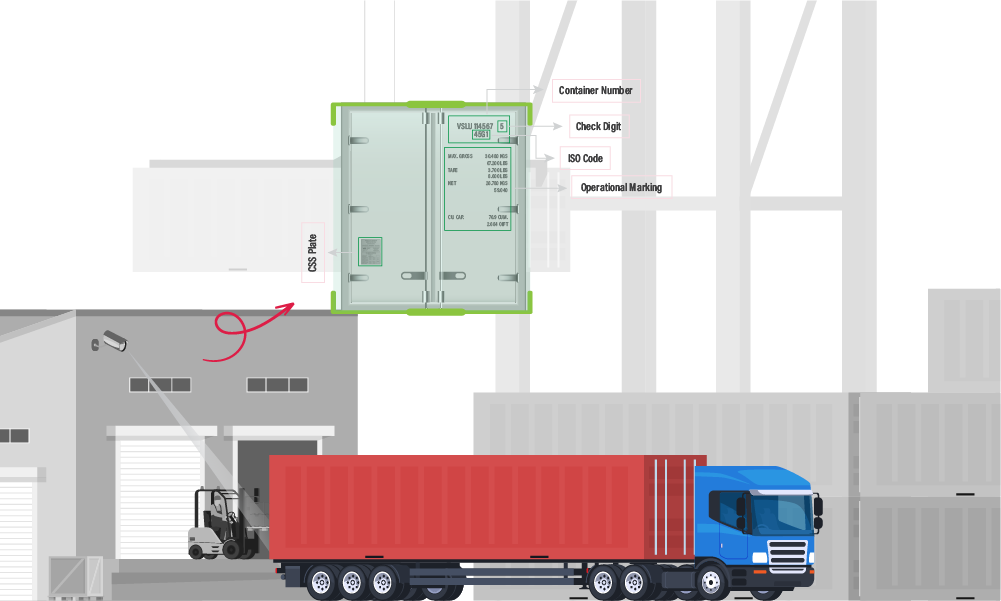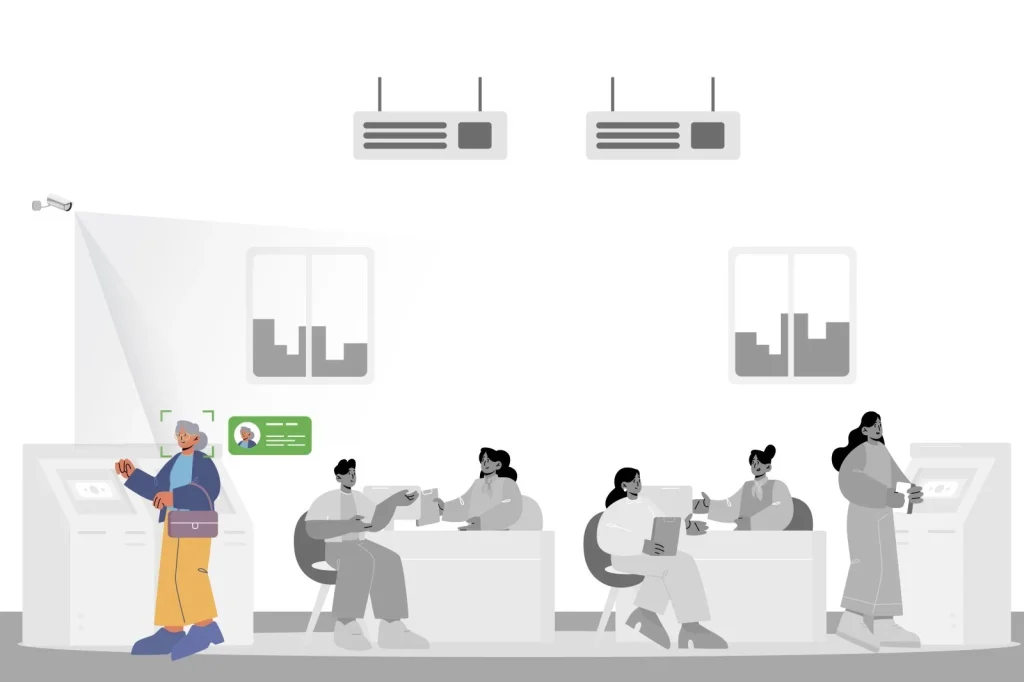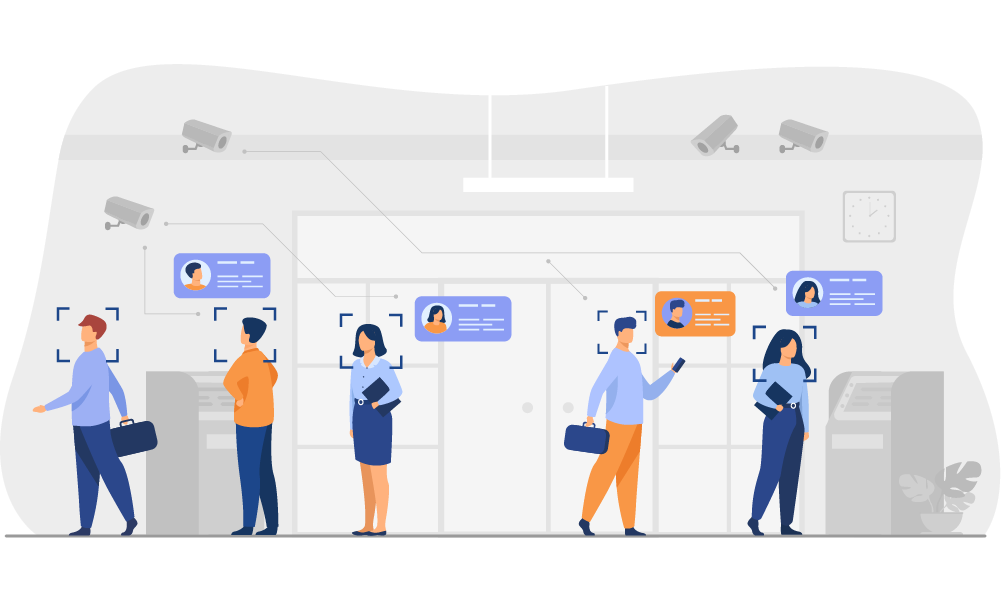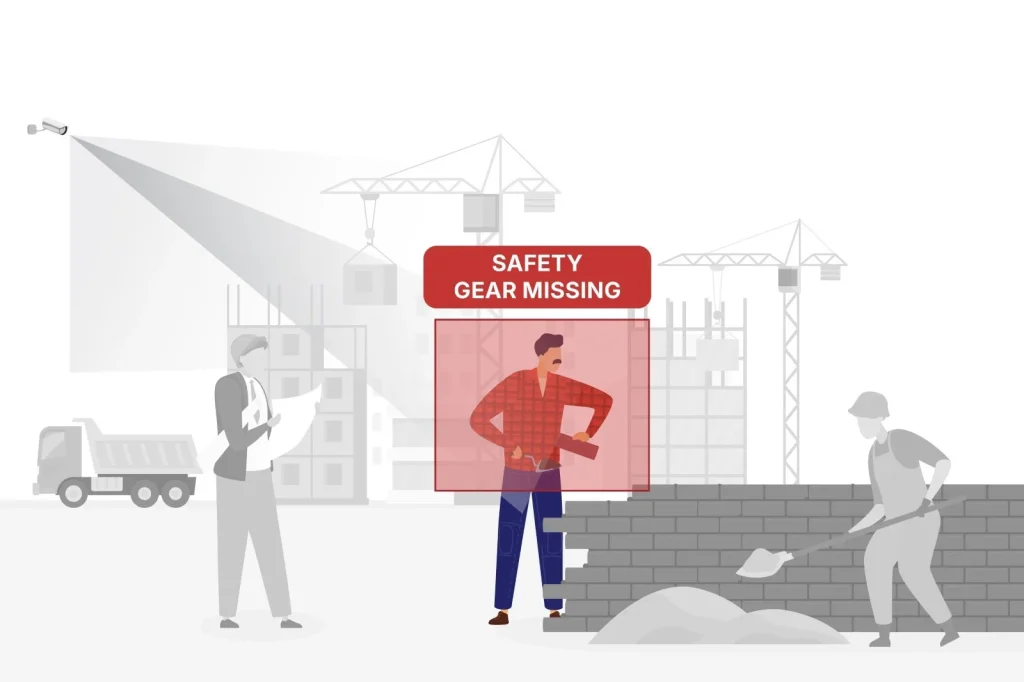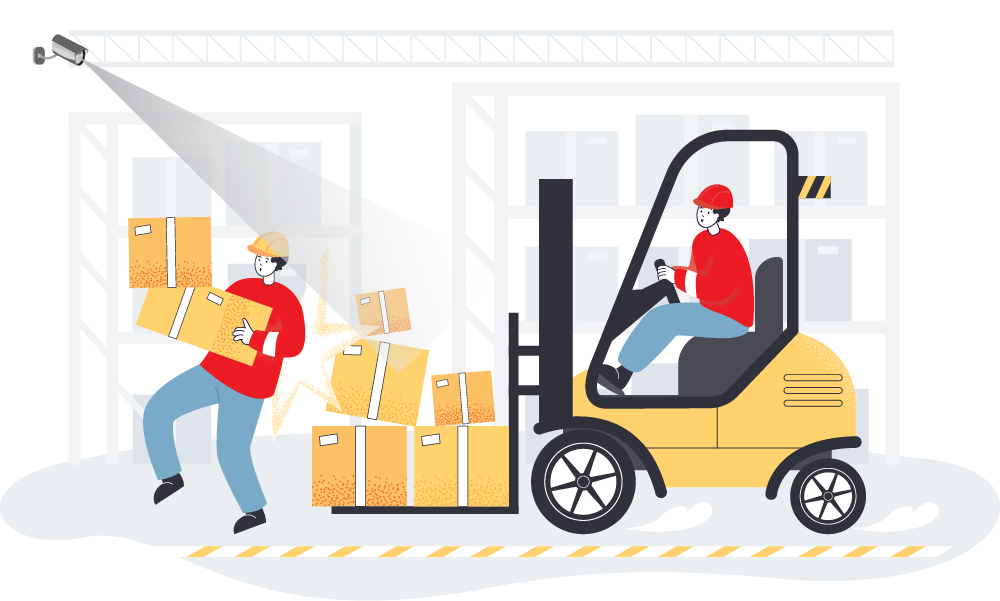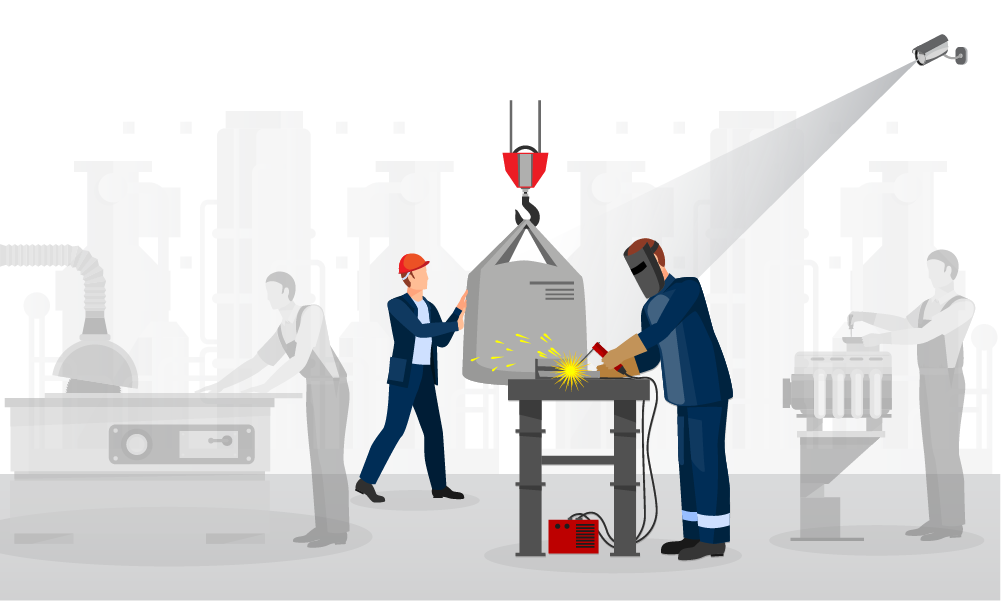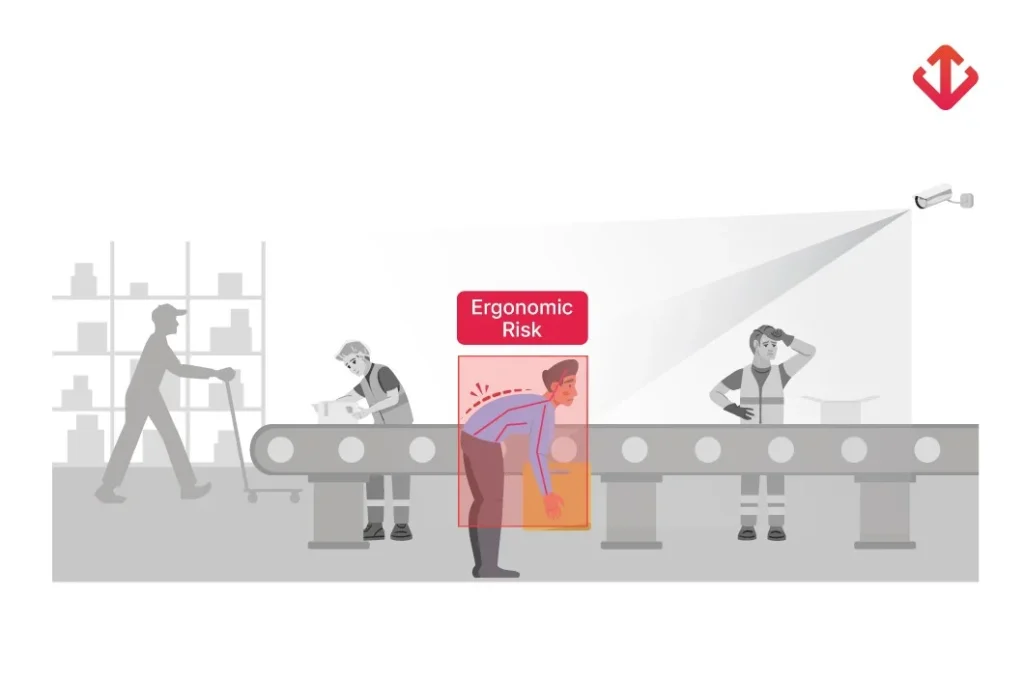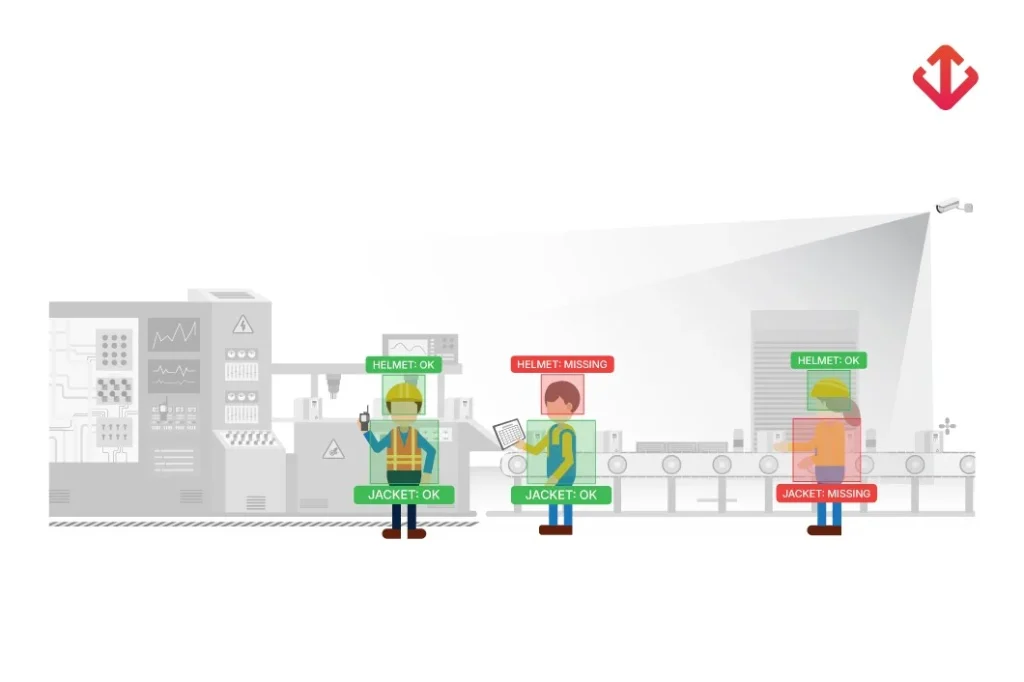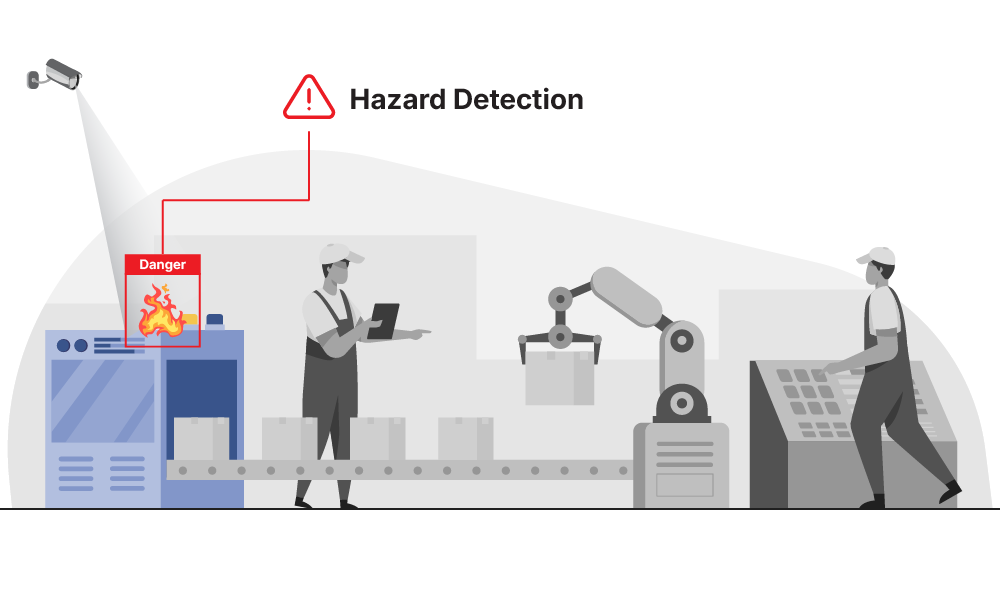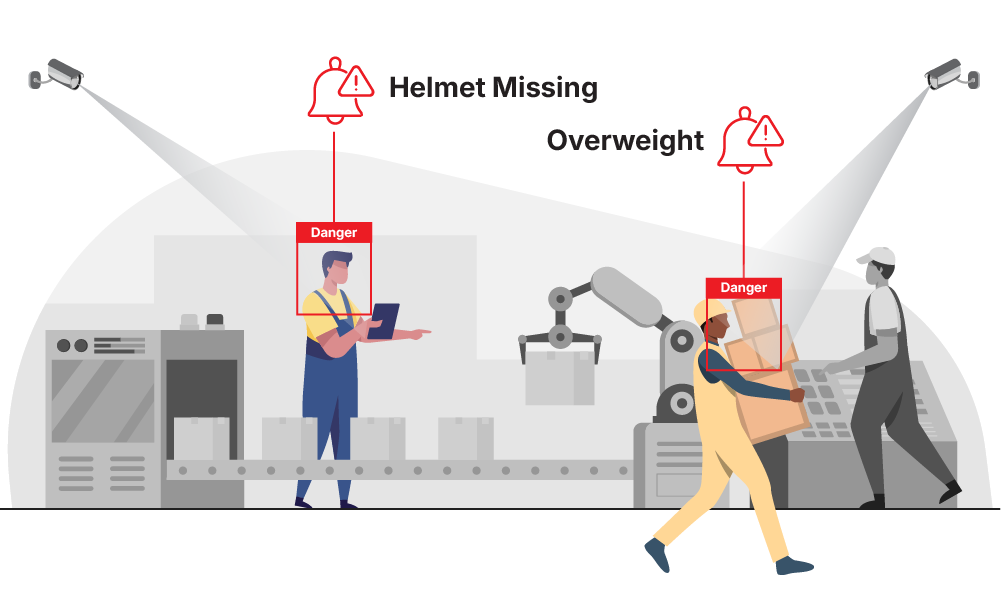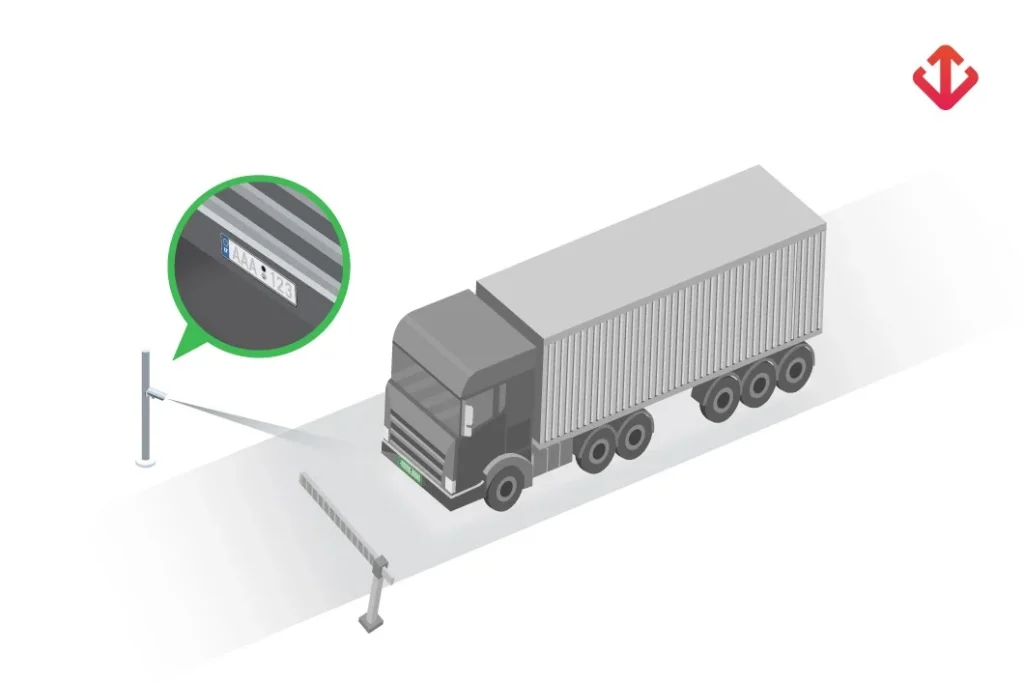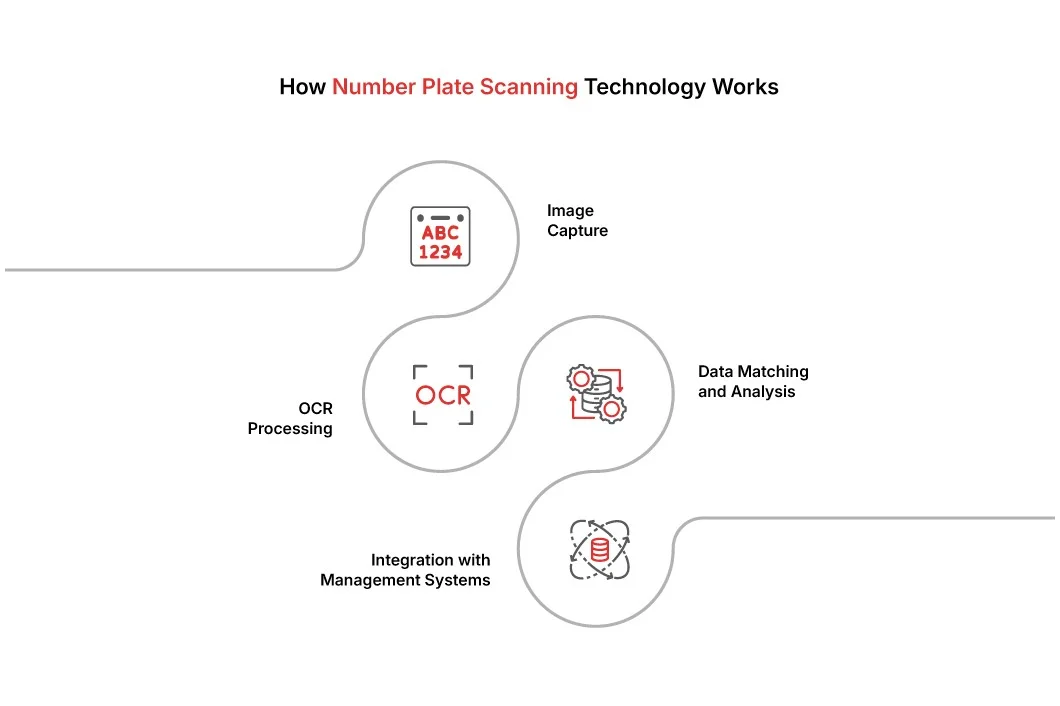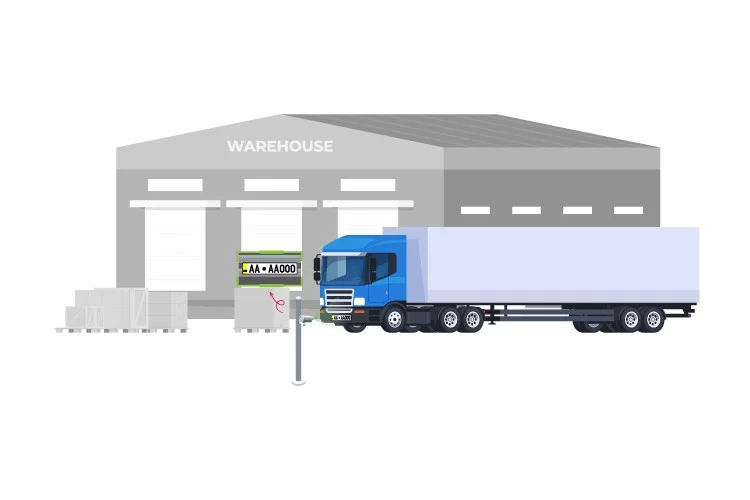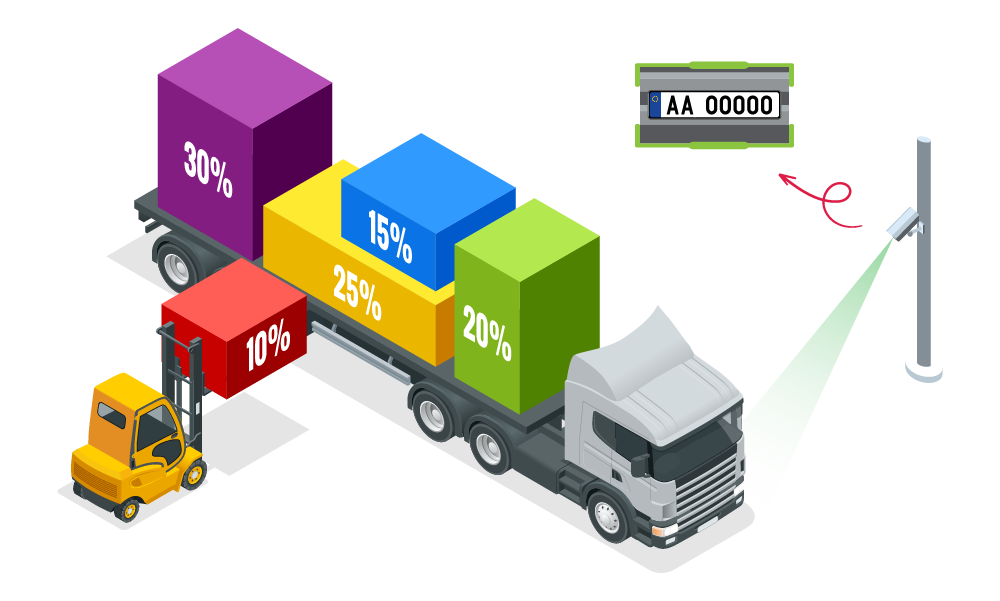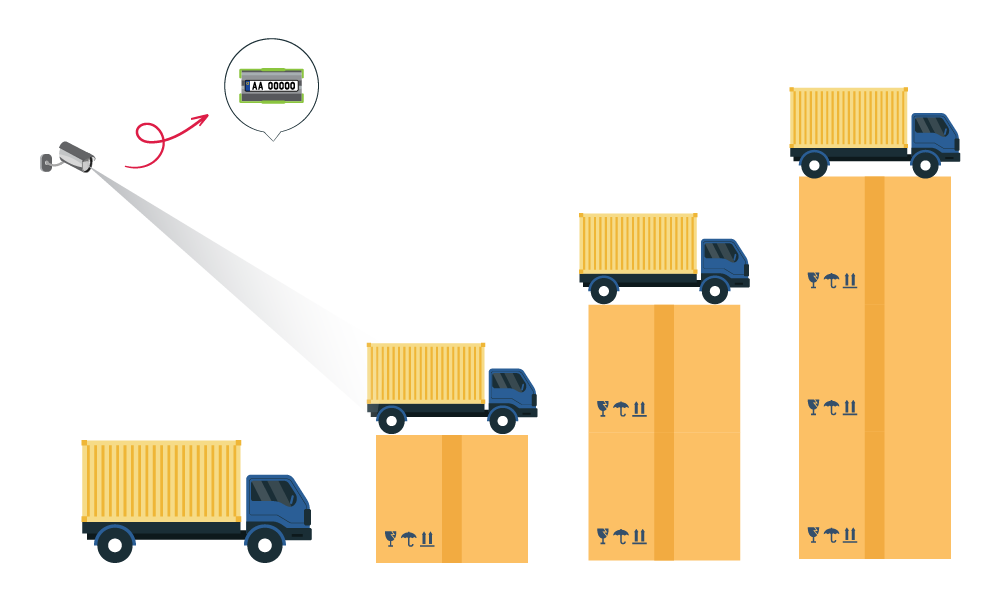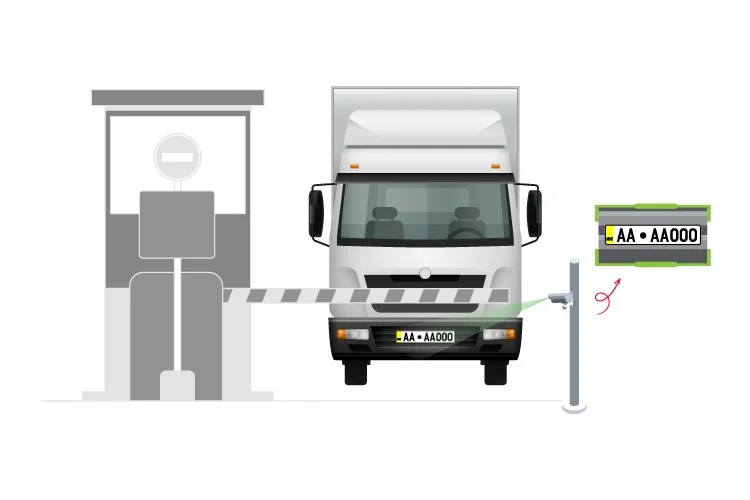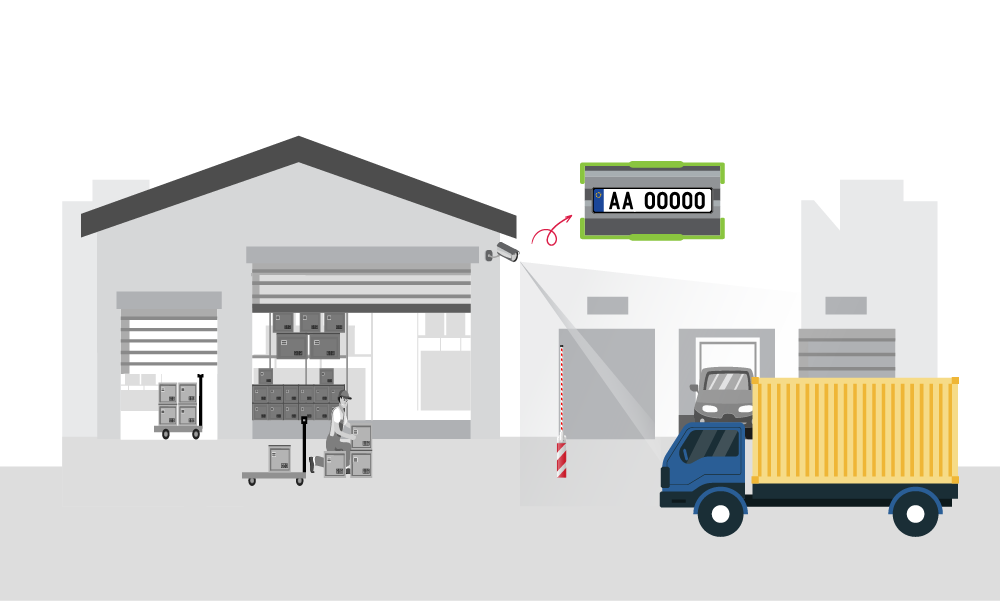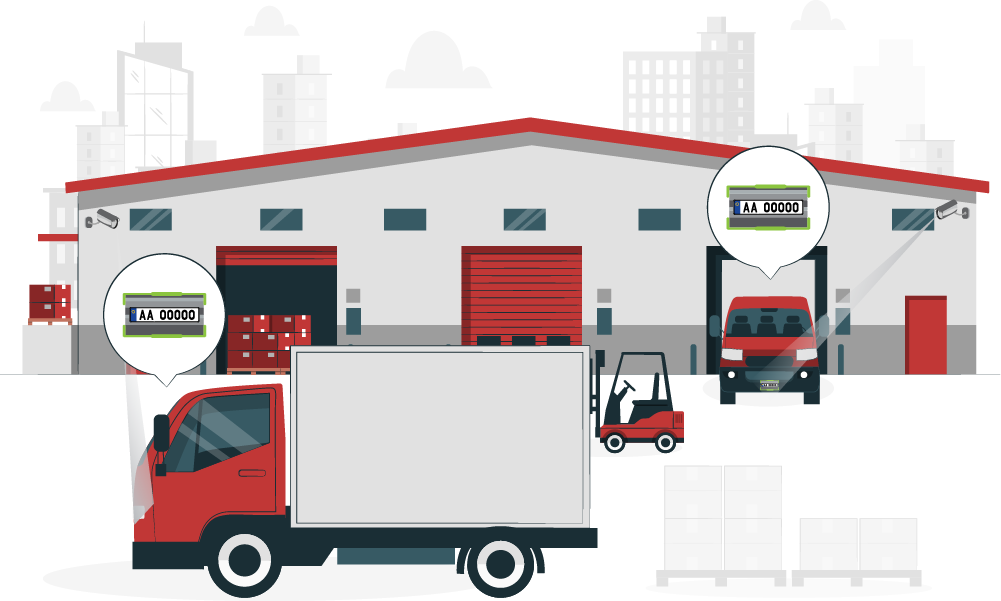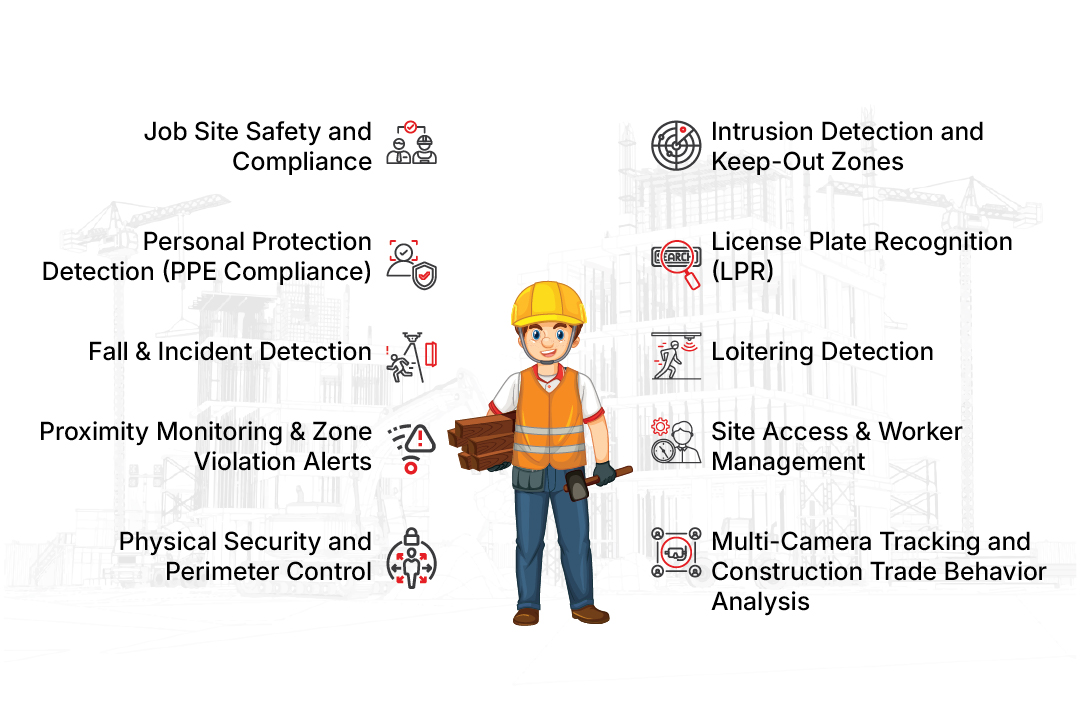
Construction sites are hazardous environments by default, with heavy machinery, heights, and constant motion creating daily risks for workers.
In fact, falls alone account for roughly 35% of all construction fatalities, and overall construction workers face significantly higher injury odds than other industries. Ensuring job site safety and compliance is not just a moral imperative, its critical for protecting lives, avoiding costly delays, and meeting strict regulations.
Traditional safety measures (manual supervision, periodic checks) often fall short in these dynamic conditions. This is where AI steps in. AI-driven construction site safety monitoring provides 24—7 vigilance that humans alone cannot match, delivering real-time alerts and actionable insights. WebOccult, a leader in AI-powered image and video analytics, offers a suite of solutions tailored to enhance safety compliance on construction sites.
From monitoring personal protective equipment to detecting falls and intrusions, WebOccults tools help construction firms, industrial safety officers, and regulators maintain construction safety compliance while improving efficiency. In this comprehensive guide, we explore how real-time AI video analytics, as offered by WebOccult, is revolutionizing safety in industrial development projects.
By the end, it will be clear how these technologies raise the bar for safety and security on the jobsite, turning worksites into smarter, safer environments.
Job Site Safety and Compliance
Modern construction projects must adhere to a number of safety regulations and standards. Job site safety and compliance isnt just about avoiding fines; its about creating a culture and environment where accidents are minimized.
AI-powered construction safety monitoring systems act as tireless sentinels, continuously scanning for unsafe conditions or behavior. Unlike sporadic human inspections, AI can monitor every camera feed in real time and catch violations that might otherwise be missed. This proactive approach ensures compliance with safety protocols is maintained throughout the day, not just during scheduled audits.
WebOccults real-time monitoring solutions exemplify this, they enforce rules consistently, flagging issues instantaneously so that supervisors can intervene before an accident occurs. For example, if a worker enters a restricted area without authorization or a machine operator exceeds a speed limit, the system will trigger an alert immediately. Such real-time responsiveness helps companies correct hazards on the fly, boosting construction safety compliance and keeping projects on track.
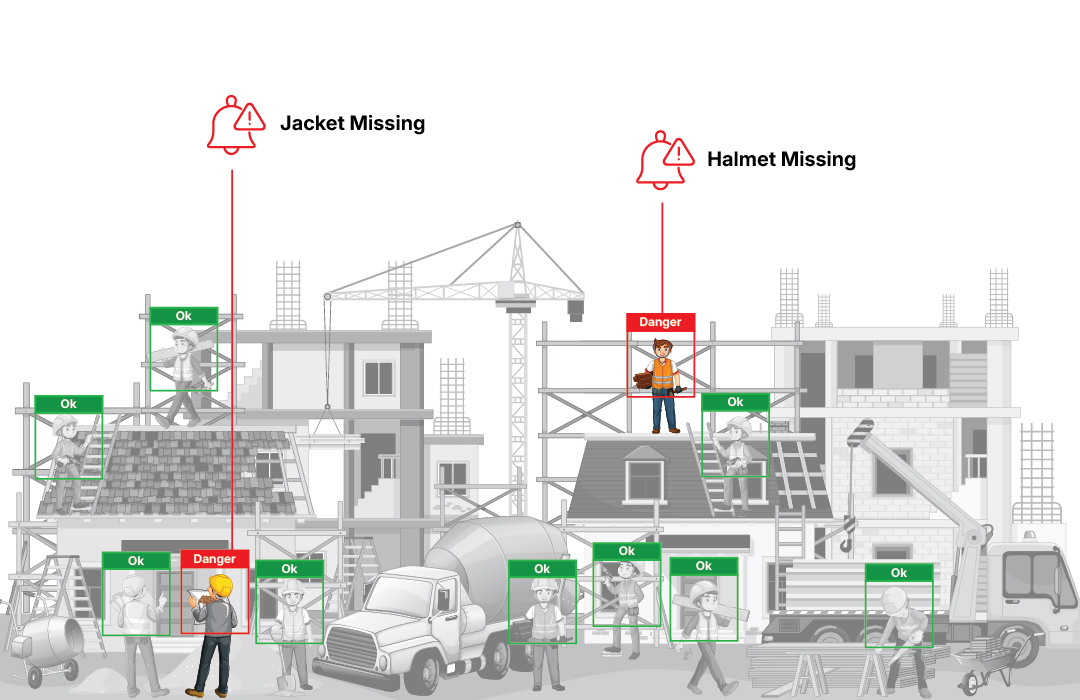
Personal Protection Detection (PPE Compliance)
Wearing personal protective equipment (PPE), hard helmets, high-visibility vests, safety glasses, and more, is often the last line of defense against injury. Yet, ensuring 100% PPE compliance on a busy construction site is challenging with human oversight alone.
AI-powered personal protection detection technology changes the game. High-resolution cameras combined with computer vision can automatically check if each worker is wearing the required PPE and instantly flag any violations.
For instance, WebOccults PPE detection model recognizes whether workers have helmets, gloves, vests, and other gear, alerting supervisors if anyone is missing critical equipment. This kind of automated compliance monitoring has a direct impact on safety. Research shows that construction workers not using PPE are about 3 times more likely to be injured than those who do, and consistent PPE usage can reduce fall-related accidents by roughly 30%.
AI-driven PPE compliance monitoring acts as a powerful safety inspector, ensuring that the basic precautions, which are proven to save lives, are never overlooked. The result is a safer work environment and a strong foundation for overall construction site safety monitoring.
Fall & Incident Detection
Falls, trips, and other sudden incidents are among the most urgent threats on a construction site. When a worker slips from scaffolding or a ladder, it can cause serious injury or worse in no time.
AI-powered fall detection systems use video analytics to recognize when a person has fallen or a dangerous incident has occurred, and they trigger an immediate alert for assistance. Unlike relying on a coworker to notice and call for help, which might be delayed, these systems automatically detect the fall itself. WebOccults real-time video analytics can interpret abrupt movements or unusual postures (such as a person lying on the ground) as potential fall events and notify safety personnel right away. This rapid response is critical: a prompt medical intervention can significantly reduce the severity of injuries after a fall.
Proximity Monitoring & Zone Violation Alerts
Construction sites often have designated no-go zones and dangerous areas, for example, the swing radius of a crane, excavation pits, or zones where heavy equipment operates. Workers entering these zones inadvertently can lead to accidents or other serious incidents.
AI-powered proximity monitoring uses cameras and sensors to create virtual geofences and detect when a person or object breaches those safety boundaries. When an unauthorized entry or close call is detected, the system issues zone violation alerts in real time, warning the worker and site managers. This technology is crucial considering that nearly 17% of construction fatalities are due to workers being struck by objects or vehicles, often a result of someone being in the wrong place at the wrong time.
WebOccults video analytics solutions excel in this domain by continuously tracking the locations of personnel and moving equipment. For example, if a worker on foot gets too close to an operating forklift or crosses a safety line near an active crane, the AI will recognize the dangerous proximity. An alert can be sent as a loudspeaker announcement on site or as a vibration/sound on the workers wearable device. Supervisors can also receive a notification on their dashboard highlighting the zone breach.
By catching these incidents early, injuries can be averted before they occur. With AI guarding the zones, the moment someone steps into harms way, the system responds, keeping workers aware of risks and dramatically reducing the chance of preventable accidents.
Physical Security and Perimeter Control
Construction sites are not only filled with safety hazards, theyre also often open areas that can attract trespassers, thieves, or vandals after hours. Securing the perimeter of a jobsite is therefore a key concern for project managers and industrial security officers.
Traditional approaches like hiring security guards or installing basic motion sensors have limitations. However, an AI-enhanced perimeter intrusion detection system brings smart, reliable monitoring to the sites boundaries. High-definition night-vision cameras monitored by AI can distinguish between actual intruders and harmless events, drastically reducing false alarms. When an unauthorized person tries to enter the site, the system will detect their presence and trigger an alert, this could activate floodlights, sirens, or send an immediate notification to security personnel.
WebOccults real-time video analytics can be configured for physical security and perimeter control in exactly this way. They continuously watch fence lines, entry gates, and site peripheries for any breach or suspicious movement. If someone attempts to climb a fence or cut a lock, the AI virtual guard notices instantly and signals an alarm. This rapid detection not only helps catch intruders but can also deter them.
Construction firms can sleep easier knowing that after the workers head home, an intelligent security system is wide awake, keeping their valuable equipment and materials safe.
Intrusion Detection and Keep-Out Zones
While perimeter security covers the outer fences, intrusion detection inside the construction site focuses on sensitive or dangerous areas within the project. These keep-out zones might include areas like electrical rooms, high-voltage installations, trenches, or floors under construction where only certain personnel should enter.
WebOccults video analytics solutions allow site managers to designate such zones in the cameras field of view and then continuously monitor them for any unauthorized presence. If a worker or vehicle enters a restricted zone without clearance, the system will send out an instant alert, much like an invisible tripwire connected to an intelligent alarm. This has twofold benefits: it prevents accidents and also protects critical infrastructure from interference.
For example, consider a storage area for hazardous chemicals that only trained individuals should access. With AI intrusion detection, if someone without proper protective gear or authorization steps into that area, supervisors are notified immediately and can respond before any mishap occurs. By guarding internal keep-out zones, AI technology adds a critical layer of protection for both people and assets. It acts as a vigilant supervisor for those no entry areas that have the highest risks, thereby maintaining strict control over site safety and operations.
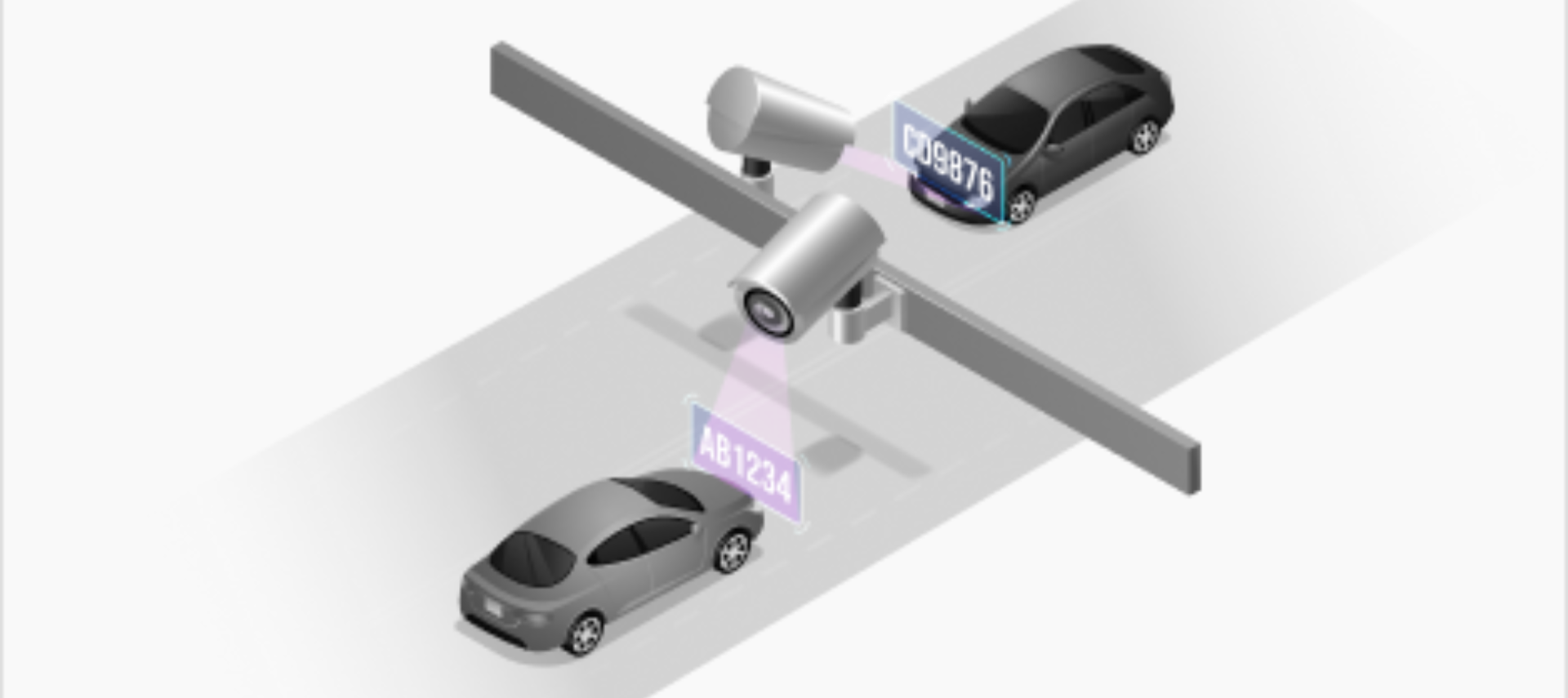
License Plate Recognition (LPR)
Managing vehicle traffic in and out of a construction site can be as important as managing people. Trucks deliver materials, heavy equipment moves in and out, and unfortunately, theres also the risk of unauthorized vehicles attempting entry for theft or other malicious reasons.
License plate recognition (LPR) technology offers a smart solution to secure and streamline site access for vehicles. WebOccult provides an AI-powered license plate reader system that automatically captures and identifies vehicle license plates at entry gates. This automatic number plate recognition (ANPR) system can instantly check each plate against authorized entries and flag any vehicle that isnt pre-approved. The benefits are immediate in terms of both security and efficiency.
Firstly, an AI-based LPR system enforces that only known, authorized vehicles (e.g., delivery trucks, contractors, employee vehicles) gain access. If a plate isnt on the approved list, the system can deny gate entry or summon a security guards attention, reducing the chance of thieves driving onto the site. Secondly, construction site safety monitoring extends to the traffic flow: the system logs each vehicles entry and exit time automatically, creating a reliable attendance record for equipment and deliveries. WebOccults number plate scanner, for example, eliminates manual log errors and speeds up the vehicle check-in process dramatically. Trucks no longer sit idling at the gate while someone copies down plate numbers or fills out forms, the camera scans the plate and opens the gate in seconds if its a match.
The result is a safer, more efficient worksite where logistics flow smoothly and every vehicle is accounted for.
Loitering Detection
Not all threats to a construction site come in the form of an obvious intrusion or safety violation. Sometimes, its a person lingering where they shouldnt, or subtle behaviors that precede theft, vandalism, or even workplace incidents.
Loitering detection analytics use AI to identify when a person or vehicle remains in one area for too long without authorization. If someone is wandering around the site after hours or hanging around a sensitive area (like near expensive equipment) without a clear purpose, the system will treat that as suspicious activity and send an alert. This helps security personnel intervene early, before a loiterer can turn into a thief, for example.
AI-driven video surveillance from providers like WebOccult is trained to recognize normal movement patterns on a site, and conversely, to spot out-of-place behaviors. For instance, during working hours, its normal to see workers moving purposefully, but if the AI sees an individual pacing back and forth in a restricted zone or remaining idle in a corner for an unusually long time, it raises a red flag. One of the advantages of AI here is consistency: humans might overlook someone standing around, whereas the AI doesnt get complacent. The moment the predefined loitering time is exceeded, an alert is issued. These alerts can be in the form of a notification to a security officers phone or a pop-up on the monitoring dashboard.
In short, suspicious activity monitoring powered by AI functions like a dedicated guard with an eidetic memory, it knows what shouldnt be happening and doesnt ignore gut feelings. It alerts on the unusual, the out-of-schedule, and the out-of-bounds, thereby thwarting incidents ranging from petty theft to potential sabotage. This keeps the construction site not only safe, but also secure, around the clock.
Site Access & Worker Management
Controlling who is on your construction site, and tracking their time and attendance, is crucial for both security and productivity.
Methods like sign-in sheets or manual headcounts are prone to errors and even time theft. AI-based site access and worker management systems solve these problems by using technologies like facial recognition and automated ID verification.
WebOccult offers solutions that automatically log workers in and out through face recognition-based attendance systems. When a worker arrives at the gate or the muster point, a camera scans their face and matches it against the authorized personnel database, granting entry in seconds, no need to fumble with ID cards or punch cards. This ensures that the person is who they claim to be, eliminating fraudulent entries. It also creates a precise attendance record: managers know exactly who is on site, for how long, and in what zones. The impact on timekeeping accuracy and labor cost control is significant.
A study by the American Payroll Association found that nearly 75% of companies experience buddy punching or other time theft, which can add almost 5% to payroll costs on average.
Overall, AI-driven site access & worker management brings order and transparency to what used to be a manual and error-prone process. It secures entry points through facial recognition, and it streamlines attendance tracking, saving administrative time and preventing costly time theft.
Multi-Camera Tracking and Construction Trade Behavior Analysis
Large construction projects often involve multiple workers, carpenters, electricians, plumbers, steelworkers, all working in coordination. Keeping an eye on everything and understanding how different trade activities overlap can be daunting.
Multi-camera tracking systems, enhanced by AI, allow site managers to get a unified view of various activities across the site. By stitching together feeds from several cameras and applying object detection, these systems can recognize specific tasks (like welding, bricklaying, concrete pouring) and monitor their progress. AI-based analysis of construction trade worker behavior goes beyond just tracking location; it can actually interpret what workers are doing.
For example, computer vision can be trained to detect if a worker is operating a jackhammer versus tying rebar, or if a crew is installing drywall panels in a room. With this capability, managers gain quantitative data on how much of each activity is completed in a day. WebOccults real-time video analytics can assist in performing construction activity analysis using AI, which helps in project management and quality control. Imagine being able to automatically calculate how many bricks were laid today or identify that a particular teams workflow is slower than others.
Such insights can be gleaned when AI observes and classifies actions from multiple camera angles continuously. From a safety perspective, analyzing trade-specific behavior is vital. Each construction trade has its own set of risks, roofers face fall hazards, electricians risk electrocution, etc. AI can watch for safety rule compliance within each trades tasks.
For construction firms and project owners, this means projects that run more smoothly, with fewer injuries, and with rich data to prove compliance and improvement. Its a powerful advantage in an industry where knowledge is power and timing is everything.
Conclusion
From the moment a worker steps on site to the final day of the project, AI and computer vision are redefining how construction safety is managed. Weve seen how real-time alerts for PPE non-compliance, fall detection, and zone intrusions can dramatically reduce incidents. Weve explored the benefits of smart surveillance, from perimeter intrusion detection systems guarding against theft, to license plate readers expediting vehicle entry, to loitering detection and access control keeping threats at bay.
These technologies not only prevent accidents and losses, but also foster a culture of accountability and continuous improvement.
Construction firms and industrial site managers embracing AI-powered solutions are finding that safer sites are also more efficient sites. Workers feel safer and stay alert when they know hazards are being actively monitored and mitigated.
Ready to upgrade your sites safety?
WebOccults real-time video analytics solutions are helping construction and industrial companies worldwide create safer, more efficient workplaces. If youre looking to reduce accidents, ensure compliance, and gain actionable insights into your operations, now is the time to act.
Reach out to WebOccult for a consultation or demo for your needs!
